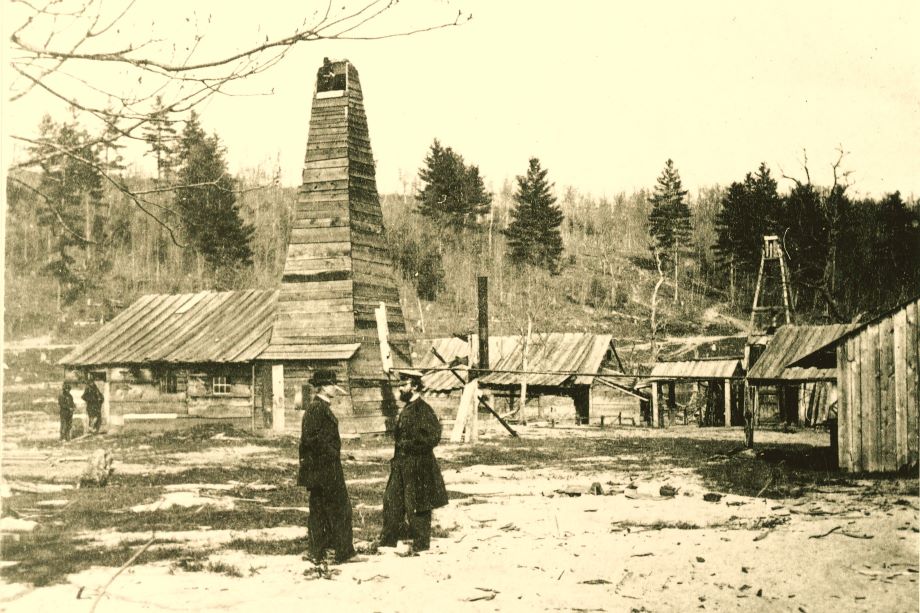K. Keith Roe Discusses ASME’s Future During His Inaugural Presidential Speech
K. Keith Roe Discusses ASME’s Future During His Inaugural Presidential Speech
June 17, 2016

In his inaugural address earlier this month at the ASME Annual Meeting, ASME’s new president, K. Keith Roe, P.E., talked about his extensive history with ASME and his belief that the Society’s new technology-focused strategy would take ASME to new heights of greatness. Roe’s comments followed his induction as the 135th president of the Society at the President’s Dinner on June 7 in Louisville, Ky.
Roe, who was introduced as the Society’s new president by his predecessor, Julio C. Guerrero, Ph.D., is the former chairman, president and chief executive officer of Burns and Roe Group Inc., an international engineering, construction and operations services company based in Oradell, N.J. He retired in 2014.
A Fellow of ASME, Roe was the founding chair of the ASME Industry Advisory Board from 1987 to 1996, and a member of the Board of Governors from 2008 to 2012. He has also been a staunch supporter of the ASME Foundation, having served as member of the Foundation’s Board of Directors from 1991 to 2008 and board chair from 1994 to 2007. He also held a number of other Society leadership positions, including chair and member of the Committee on Investments, member of the Committee on Governance, and member of the Committee on Planning and Organization.

Addressing his fellow ASME volunteers attending the banquet, Roe said, “After more than 40 years as an active volunteer at ASME, most of you know me in some aspect of the work we have shared — on the Board of Governors, the Industry Advisory Board, with the ASME Foundation, or committee work. You may know me from my four-decade-long career in the energy field. I recently retired from Burns and Roe, where I started as a design engineer in the company my grandfather founded. You’ve known my family legacy, to the point that the Ralph Coats Roe Medal is named for my grandfather, and my father Kenneth Roe was ASME’s 90th president in 1971-72.
“I’m proud to continue my family’s tradition of service and leadership at ASME, as I now begin my term as ASME’s 135th president,” he continued. “It’s a privilege and an honor to continue their legacy and that of preceding presidents and governors to fulfill ASME’s mission and vision as an essential engineering and technology resource.”
Roe then turned his attention to the Society’s vision and the implementation of the new strategic plan for 2016-2025. After noting ASME’s well-established international reputation as a standards creator, publisher, professional development training provider and neutral convener, he observed that the key to ASME’s success in the future depended on its also being recognized as a leading technology resource for the engineering profession.

“Our vision, to be the essential resource for engineers, will find ASME to be a world-class, dynamic organization, renowned globally for its expertise in technology development — in a nutshell, the global technology hub,” he said. “We know that ASME is good, however the vision of ASME is about greatness, about fulfilling our greatest potential, and about expecting more of ourselves and everyone else.”
ASME can begin this journey to greatness — and enhance its relevance and impact globally — by establishing itself as the leader in advancing engineering technology, Roe said. To achieve this, ASME must be market focused, have priorities that are both well implemented and integrated into ASME strategies, and be set on a course toward consistent fiscal responsibility and financial diversity, he maintained.
"Very important to this path to greatness is that we raise the level of our game across ASME, starting with a high-performing Board of Governors and Sector Management Committee," Roe said. “Changing our culture starts with the Board of Governors, so that it better reflects best practices and it better addresses the challenges before it. Let’s carry this culture change throughout ASME, so that we can step up to meet the challenges of our new strategy and vision, raise expectations, raise the level of conversations, and sharpen our discipline and focus.
“Let’s rebuild a performance-based culture,” he continued. “Let’s build a closer volunteer-staff partnership. Together we can communicate a consistent message of how exciting ASME’s future can be.”
Earlier in the evening, outgoing ASME President Julio Guerrero reflected on the milestones ASME achieved during his yearlong term as leader of the Society, including the introduction of ASME’s new technology-focused strategic plan, the formation of Market Impact Teams and groups such as the Technology Advisory Panel to assess which technologies ASME should concentrate on, and global outreach initiatives such as the information-gathering visits members of the Board of Governors made to Peru, India and China during the past year.
“In September of last year, the Board crafted the following strategic goal: ‘ASME will enhance its relevance and impact to global constituents by being the leader in advancing engineering technology,’” Guerrero said. “To implement this strategy, ASME will be changing in a variety of ways. Operational changes, new competencies in understanding technologies and markets, and new budgetary needs are all needed to ensure that we do the best job possible to align with the strategy. These changes will not be easy. We’ll need to focus on speaking with one voice. But to succeed, we need a culture change — one that brings us to a performance-based, mission-driven culture.”




